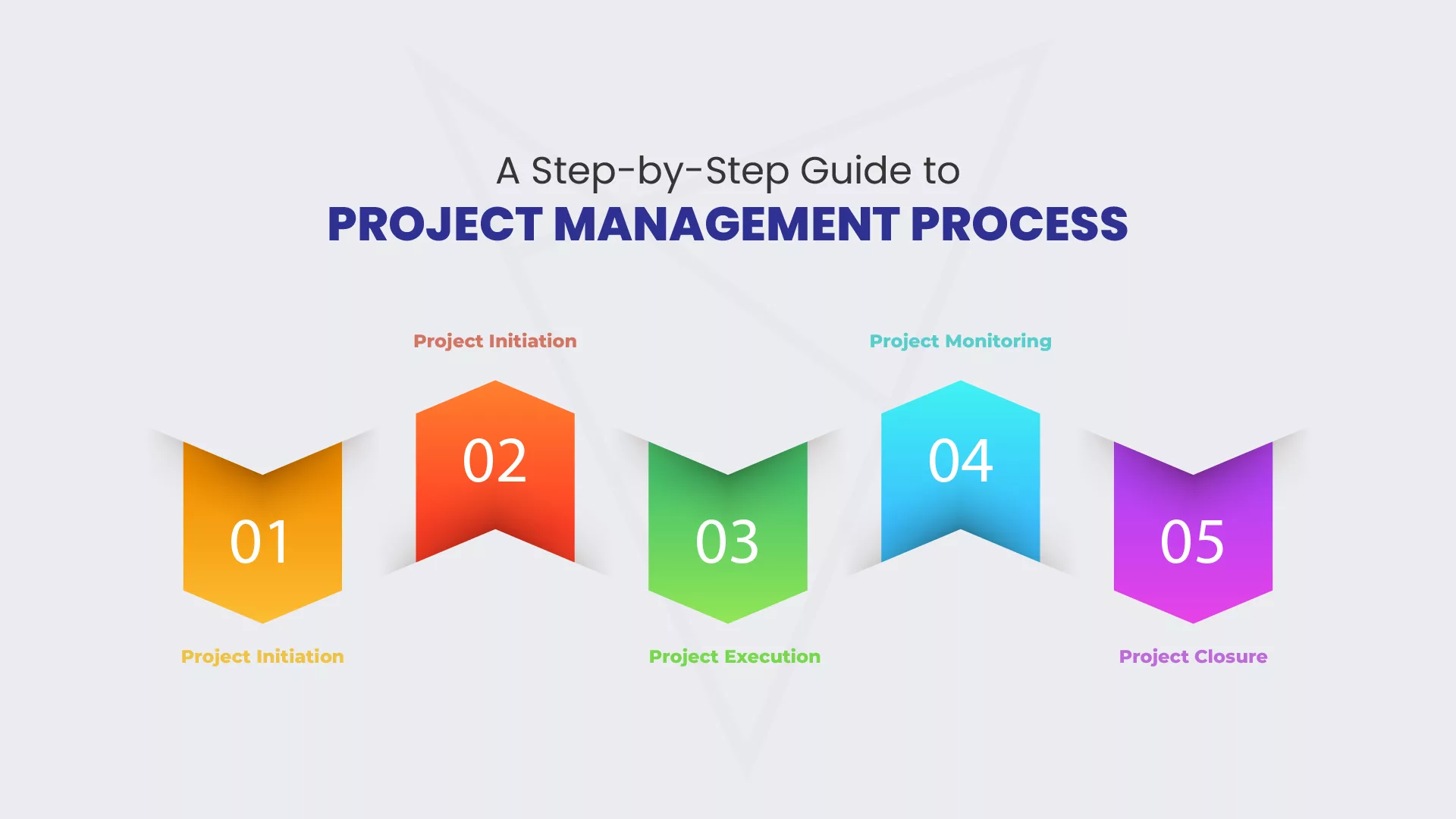In today’s fast-paced and ever-changing business environment, traditional project management approaches often struggle to keep up with the dynamic demands of projects. In response to this, Agile Project Management has emerged as a popular methodology that focuses on flexibility, collaboration, and delivering incremental value. Agile empowers teams to adapt and respond quickly to changing requirements, ensuring project success in uncertain and complex landscapes. In this blog post, we will explore practical tips for effectively implementing Agile Project Management and achieving success in your projects.
What is Agile Project Management?

Agile Project Management is a modern approach to managing projects that emphasizes flexibility, collaboration, and delivering incremental value to customers and stakeholders. It is based on the Agile methodology, which was originally developed for software development but has since been adopted across various industries and project types due to its effectiveness in dealing with complexity and uncertainty.
When to Use Agile Project Management Approach?
The Agile Project Management approach is well-suited for projects that exhibit certain characteristics or requirements. While it has proven to be effective in a wide range of projects, it may not be the best fit for every situation. Here are some scenarios when using the Agile approach is particularly beneficial:
Complex and Uncertain Projects
Agile is ideal for projects with high levels of complexity and uncertainty, where requirements may evolve or change frequently. The iterative nature of Agile allows teams to adapt to changing circumstances and incorporate feedback from stakeholders as the project progresses.
Customer-Centric Projects
When the project success is strongly tied to meeting customer needs and expectations, Agile shines. Its focus on customer collaboration and delivering value incrementally ensures that the product aligns closely with customer requirements.
Time-Sensitive Projects
Agile’s iterative nature enables teams to deliver working increments of the product at regular intervals. This can be particularly useful when there are strict deadlines or a need for rapid response to market demands.
Software Development Projects
Agile originated from the software development industry and is particularly well-suited for software projects. The nature of software development, with frequent changes and iterations, aligns well with Agile principles.
Collaborative and Empowered Teams
Agile thrives in environments where teams are empowered to make decisions, self-organize, and collaborate closely. Trusting the expertise and judgment of team members is essential for Agile success.
Continuous Improvement and Learning Culture
Organizations that value continuous improvement, learning, and adaptability are more likely to embrace Agile successfully. The Agile approach encourages retrospectives and learning from each iteration.
Practical Tips For Successful Agile Project Management
1. Foster clear and effective communication
Think about a company or business operating without any open communication? Sounds impossible, no?
Communication is crucial for any business, whether onsite or remote. Encourage open communication and regular interaction between team members and stakeholders. Use collaboration tools and platforms to facilitate communication, especially in distributed teams.
Define Clear Objectives and Prioritize Requirements
One of the significant advantages of Agile is its adaptability to changing requirements. However, this does not mean the project lacks clear objectives or direction. At the beginning of each project or iteration, set clear goals and define the minimum viable product or the most critical features that must be delivered.
- User Stories
Use user stories to describe project requirements from the user’s perspective. User stories are concise, easy-to-understand descriptions of functionality that help prioritize work and keep the focus on customer needs.
- Create a Product Backlog
Maintain a prioritized list of all the features, enhancements, and bug fixes in the form of a product backlog. Continuously review and update the backlog based on feedback and changing requirements.
- Iterative Planning
Plan projects in short iterations or sprints, typically lasting one to four weeks. During each sprint, the team works on a subset of the product backlog, delivering a potentially shippable increment.
Form Cross-Functional Teams
In Agile Project Management, cross-functional teams play a crucial role in delivering value. These teams consist of members with diverse skills and expertise necessary to complete all aspects of a project. By breaking down silos and promoting collaboration, cross-functional teams can effectively respond to challenges and adapt to changes.
When forming cross-functional teams, consider the following tips:
- Balance Skills
Ensure the team has a well-rounded mix of skills to handle all aspects of the project. This may include developers, designers, testers, product owners, and other relevant roles.
- Keep Teams Small
Limit the team size to a manageable number, ideally between five to nine members. Smaller teams can communicate more effectively and make decisions faster.
- Foster Collaboration:
Promote a culture of mutual respect, trust, and open communication within the team. Encourage regular meetings and discussions to share ideas and address issues promptly.
Choose the Right Tools
Understanding that the effectiveness of your tools relies on the quality of their input is crucial. Teams must grasp the project’s processes and workflows, along with their respective responsibilities. To ensure effective communication, encourage team members to participate in daily standup meetings and actively manage work tickets to provide ongoing status updates.
Consistency in operations and timely communication are essential for smooth progress tracking. Make progress visible to relevant stakeholders while eliminating unnecessary noise for others. Dashboards serve as powerful tools to display work progress and promptly identify any potential risks related to time, scope, or resources in the project.
Implement Agile Project Tracking
Tracking progress and performance is crucial in Agile Project Management to ensure that the team stays on track and meets its objectives. Traditional methods like Gantt charts may not be suitable for Agile projects, as they lack flexibility and responsiveness. Instead, use Agile-specific tracking methods, such as Kanban Boards.
Kanban boards visually represent work items and their status, allowing teams to see the flow of work and identify bottlenecks. Use columns to represent different stages of work, such as “To Do,” “In Progress,” and “Done.”
Collaborate With A Versatile And Well-combined Team of Individuals
The success of a project heavily relies on the capabilities and expertise of the people involved. It is essential to identify specific skills that indicate a strong inclination towards collaboration, to ensure maximum efficiency. It is crucial to assemble a team with the right mix of personalities and skills. A well-chosen team can significantly improve the project’s efficiency and outcome.
When selecting project team members, consider the qualities of effective project managers through following traits:
- Excellent Communication Skills
Effective team members possess strong communication skills, enabling them to interact adeptly with different stakeholders.
- Knowledge of Project Management Methodologies
A basic understanding of project management methodologies like Agile and Waterfall provides a solid foundation for tackling project challenges.
- High Level of Organization
Being highly organized allows team members to keep track of the project scope at all times and stay on top of their responsibilities.
- Proficiency in Project Management Software
Familiarity with project management tools helps team members maintain organization and efficiency, even during periods of significant pressure.
Embrace Agile Principles and Values
Before diving into the practical aspects of Agile Project Management, it’s essential to understand the core principles and values that underpin this methodology. The Agile Manifesto, created in 2001, outlines four key values and twelve principles that guide Agile practices. By understanding and embracing these principles and values, teams can lay a strong foundation for successful Agile Project Management.
- Customer Collaboration over Contract Negotiation
Prioritize customer satisfaction and continuous engagement over rigid contracts and negotiation. Collaborate closely with stakeholders throughout the project to ensure that the delivered product meets their needs.
- Individuals and Interactions over Processes and Tools
Foster a culture of open communication and collaboration among team members. Emphasize the importance of individuals’ skills and abilities over relying solely on processes and tools.
- Working Product over Comprehensive Documentation
Focus on delivering a functional product rather than excessive documentation. While some documentation is necessary, ensure it doesn’t hinder progress or impede communication.
Emphasize Continuous Learning
Continuous learning is vital for the success of Agile Project Management. Encourage team members to participate in workshops, conferences, and training sessions to enhance their skills and stay updated on the latest trends and best practices. You can also opt for different project management certification programs and courses.
Benefits of Agile Project Management

Hire professional project managers that offer numerous benefits to your firm. Some of the key advantages of using Agile Project Management include:
Increased Flexibility
Agile allows teams to adapt to skills required for successful project management such as changing requirements, priorities, and market conditions quickly. The iterative approach facilitates flexibility, enabling teams to adjust their course of action based on customer feedback and evolving needs.
Enhanced Customer Satisfaction
Agile puts a strong emphasis on customer collaboration throughout the project. Regular feedback loops and continuous delivery of incremental value ensure that the final product aligns closely with customer expectations, leading to higher customer satisfaction.
Faster Time to Market
Agile’s iterative and incremental development approach allows for the early delivery of valuable features. This enables businesses to get their products or services to market faster, gaining a competitive advantage.
Improved Quality
Frequent testing and continuous integration in Agile projects help identify and address issues early in the development process. This leads to higher product quality and reduces the likelihood of costly defects in the final product.
Better Risk Management
Agile’s iterative nature allows teams to identify and address potential risks early on. Regular retrospectives and adaptability enable teams to proactively manage risks and uncertainties throughout the project.
Conclusion
Agile Project Management offers a powerful framework for navigating the complexities of modern projects. By embracing Agile principles, forming cross-functional teams, setting clear objectives, and implementing effective tracking and review mechanisms, you can position your projects for success. Remember that Agile is not a one-size-fits-all approach, and it may require adjustments and fine-tuning to suit your team and organization’s unique needs. With a commitment to collaboration, adaptability, and continuous improvement, you can embrace Agile Project Management and drive your projects to new heights of success in today’s dynamic business landscape.






 Kanban is used as a versatile project management and workflow optimization method across various industries and domains. Its primary purpose is to visualize work, enhance efficiency, and facilitate continuous improvement. Here are some common uses of Kanban:
Kanban is used as a versatile project management and workflow optimization method across various industries and domains. Its primary purpose is to visualize work, enhance efficiency, and facilitate continuous improvement. Here are some common uses of Kanban:



